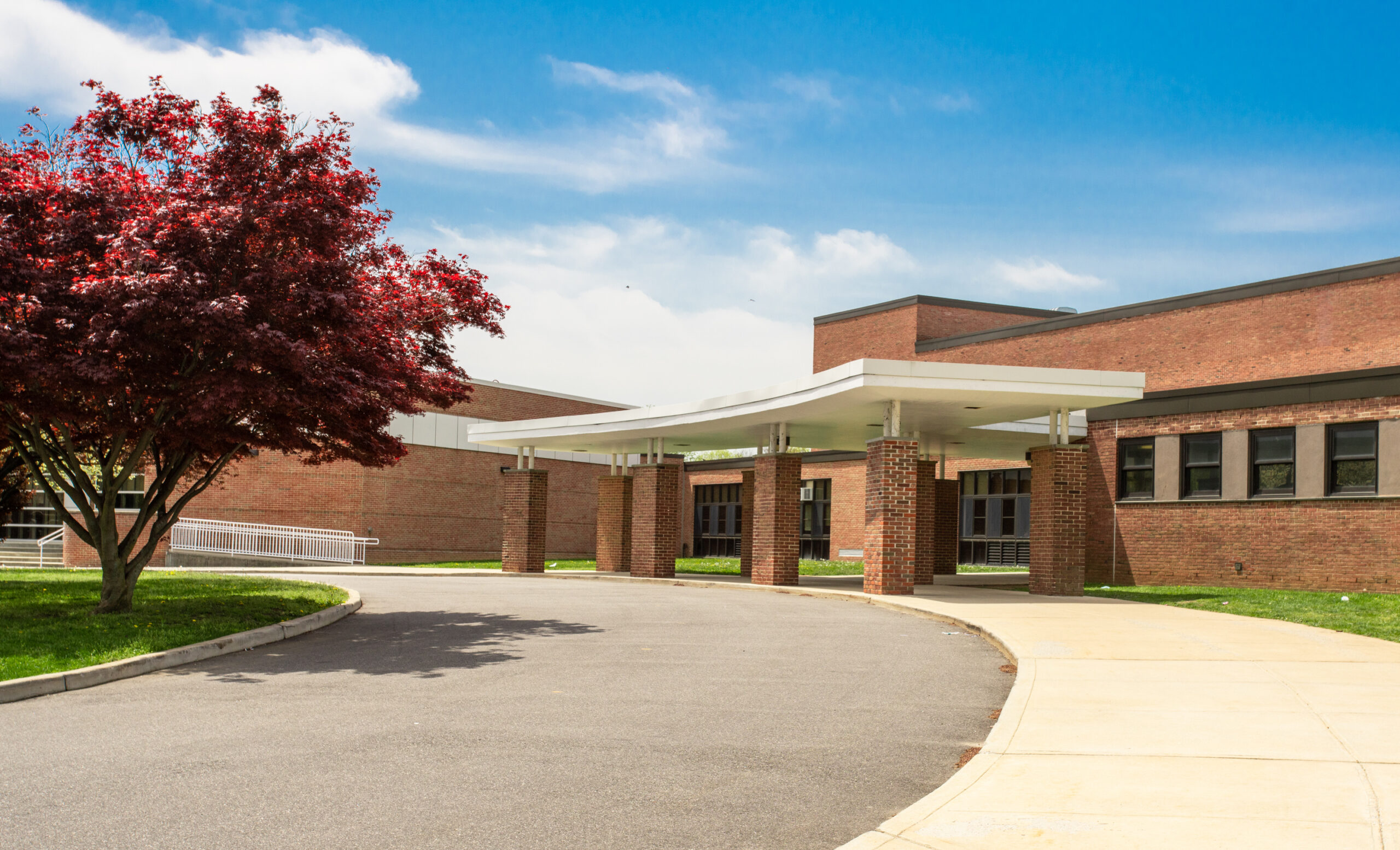The winter months are notorious for bringing sickness. Flu season begins in October and ramps up into January. Colds are also more common during the winter months. Read on for tips on keeping yourself and your family healthy this winter.
Why Are Sicknesses More Common in Winter?
Viruses transmit more effectively in cold and dry weather, increasing your chances of coming into contact with sickness. Additionally, as cold weather drives people indoors, you’re more likely to be in close contact with someone who isn’t feeling well.
How Can I Stay Healthy in Winter?
You’re less likely to fall ill when your body is well-taken care of. Some of the best things you can do to keep yourself healthy in winter are to adopt good self-care practices, such as:
- Exercising regularly
- Getting a full night’s rest
- Eating nutrient-rich foods
Additional tips to avoid catching an illness from others include:
- Avoid close contact with people who are sick.
- Get a flu vaccine.
- Wash your hands often.
- Avoid touching your eyes, nose and mouth.
- Clean frequently touched objects and surfaces.
How Can I Stop From Infecting Others?
No matter how careful you are, sickness happens. When you aren’t feeling well, consider these tips to prevent yourself from passing on your illness:
- Cover your mouth and nose when coughing or sneezing.
- Don’t go to school or work if you aren’t feeling well.
- If you have a fever, stay home for 24 hours unless seeking medical care.
Preventing Seasonal Affective Disorder
Darker weather can bring symptoms of seasonal affective disorder, also known as SAD. SAD is a recurring seasonal depression caused by the lack of sunlight in winter. It’s extremely common, affecting millions of Americans every year. Individuals in northern parts of the country, where there is less daylight, are generally more affected by SAD.
The winter months may inevitably bring illness. Keep these tips in mind to help prevent getting or spreading sickness. For further guidance, contact your doctor today.
Treating SAD
If your SAD is severe, your doctor may prescribe you medication, but minor symptoms of SAD can often be treated at home. Here are some of the practices commonly used to treat mild cases of SAD:
- Increase the sunlight in your home.
- Buy a light box.
- Take a trip somewhere sunny.
- Get outside and exercise regularly.
The winter months may inevitably bring illness. Keep these tips in mind to help prevent getting or spreading sickness. For further guidance, contact your doctor today.
For more wellness tips, contact INSURICA today.
This is not intended to be exhaustive nor should any discussion or opinions be construed as legal advice. Readers should contact legal counsel or an insurance professional for appropriate advice. © 2023 Zywave, Inc. All rights reserved.
About the Author
Share This Story
Related Blogs
Group Health Premiums on the Rise: What Employers Need to Know
In 2025, rising group health premiums are becoming a central concern for employers. Carriers like UnitedHealth, Anthem, and CVS Health have issued projections showing significant cost increases—driven by escalating claims severity, specialty drug costs, and continued labor shortages across provider networks.
SECURE 2.0 Implementation: A New Era in Retirement Planning
The SECURE 2.0 Act, passed in late 2022 and now in active rollout through 2025, is reshaping the landscape of workplace retirement planning. Designed to expand access, modernize plan design, and improve financial preparedness, the law introduces over 90 new provisions—many of which are now surfacing in HR departments across the country.
Visitor Check-In and Access Control Best Practices
Visitor check-in and access control best practices are essential for ensuring campus safety. With increasing security concerns in schools, implementing visitor check-in and access control best practices helps minimize unauthorized access, protect students and staff, and ensure a safe learning environment.








